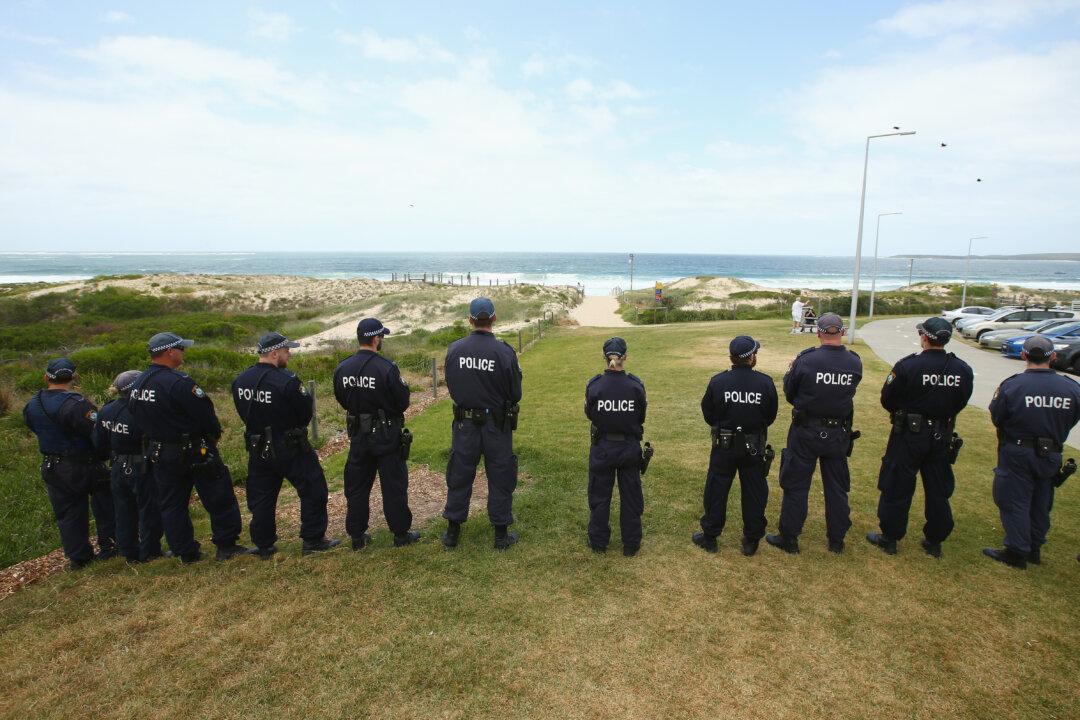A single feather from a huia—an extinct New Zealand bird with highly prized plumage—has sold for $46,521 (US$28,365), making it the most expensive feather ever sold at auction.
Since it weighs approximately 9 grams, that works out to $5,169 per gram compared to $127 for a similar weight of gold.






